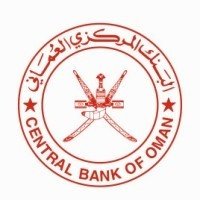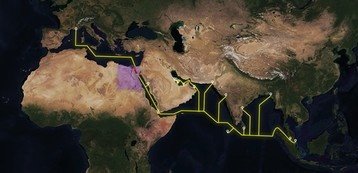DOHA – The Qatar Central Bank (QCB) has reported robust growth in digital payments for July 2025, with QR16.133bn processed across 51.697 million transactions. The figures, published by QCB on its official X account, underscore the accelerating shift toward electronic transactions in Qatar’s financial system.
Card-based payments remained the dominant channel, recording QR12.584bn in value. Point-of-sale (POS) purchases led retail spending with QR8.221bn from 40.328 million transactions, while e-commerce activity contributed QR4.363bn across 9.18 million transactions. Together, POS and e-commerce accounted for more than three-quarters of all digital transactions in July.
Qatar’s instant transfer platform, Fawran, also gained momentum, handling QR3.272bn through 1.869 million real-time transfers. With 3.239 million registered accounts, Fawran is increasingly being used for peer-to-peer payments, household bills, and government services — positioning itself as a strong complement to traditional card payments.
The Qatar Mobile Payment (QMP) service contributed QR277m through 320,000 transactions. Though its share remains modest at 2 percent, QMP now has 1.2 million registered wallets, signaling growth potential as acceptance widens across retailers.
A breakdown of transaction volumes highlights the ecosystem’s structure: POS payments made up 51 percent, e-commerce 27 percent, Fawran 20 percent, and QMP 2 percent. Analysts suggest that while cards remain central to consumer spending, the steady rise of instant transfers reflects a broader consumer shift toward faster and more convenient payment methods.
Overall, non-card channels added significant value, raising the monthly total from QR12.584bn in card payments to QR16.133bn once Fawran and QMP were included. This demonstrates the expanding role of real-time transfers and mobile wallets in covering specific use cases like utilities and government payments.
QCB noted that these trends align with its digital payments strategy, advancing financial inclusion and moving Qatar toward a more cash-light economy. By publishing monthly statistics, the regulator aims to provide policymakers and industry stakeholders with clear insights into evolving consumer behavior and infrastructure adoption.















